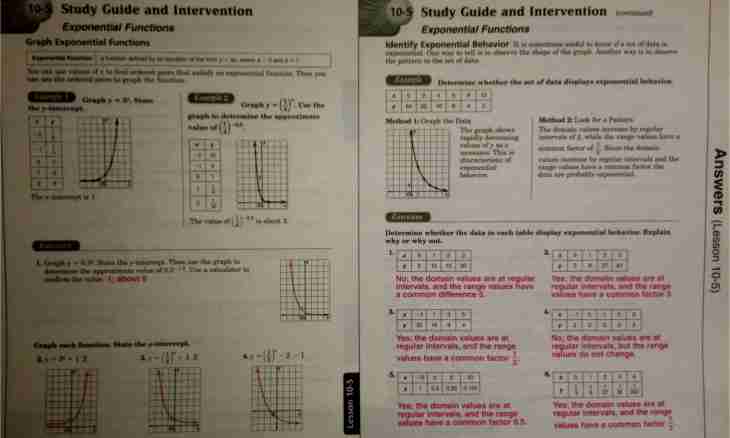The average square deviation is important quantity characteristic in statistics, probability theory and assessment of accuracy of measurements. According to definition an average square deviation is called the root square of dispersion. However from this definition it is not absolutely clear – that this size characterizes and how to count value of dispersion.
It is required to you
- Calculator, computer
Instruction
1. Let there are several numbers characterizing any uniform sizes. For example, results of izmereeniye, weighings, statistical observations, etc. All presented sizes have to be measured by the same unit of measure. To find an average square deviation, do the following actions. Define an arithmetic average of all numbers: put all numbers and divide the sum into total number of rooms.
2. Find a deviation of each number from its average value: subtract from each number an arithmetic average the value counted in the previous point.
3. Define dispersion of numbers: put squares of the deviations found earlier and divide the received sum into quantity of numbers.
4. Take a square root from dispersion. The received number will also be an average quadratic deviation of this set of numbers.
5. Example. In chamber seven patients with a temperature of 34, 35, 36, 37, 38, 39 and 40 degrees Celsius lie. It is required to define an average quadratic deviation from average temperature. Decision: • "average temperature on chamber": (34+35+36+37+38+39+40)/7=37 ºС; • deviations of temperatures from an average (in this case normal value): It turns out 34-37, 35-37, 36-37, 37-37, 38-37, 39-37, 40-37:-3,-2,-1, 0, 1, 2, 3 (ºС); • dispersion: ((-3)²+ (-2)²+ (-1)²+0²+1²+2²+3²)/7=(9+4+1+0+1+4+9)/7=4 (ºС²); • average quadratic deviation: √4=2 (ºС); Answer: On average in chamber temperature – normal: 37 ºС, but the average quadratic deviation of temperature equals 2 ºС that indicates serious problems at patients.
6. If there is an opportunity to use the Excel program, then dispersion calculation, and respectively and an average quadratic deviation it is possible to simplify significantly. For this purpose place data of measurements in one row (one column) and use the DISPR statistical function. Specify the range of cells of the table where the entered numbers are placed as arguments of function.

